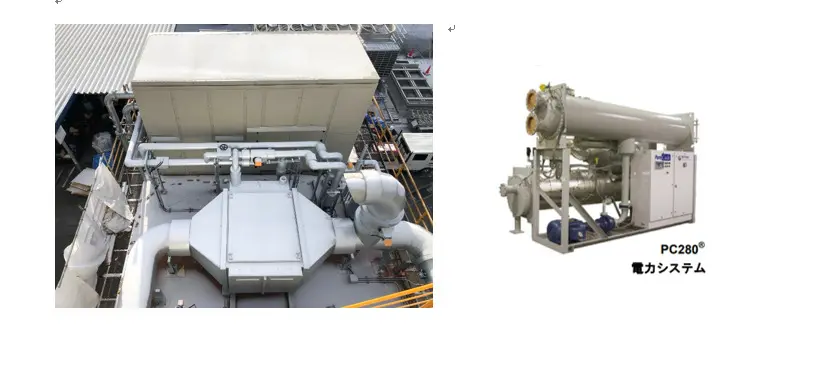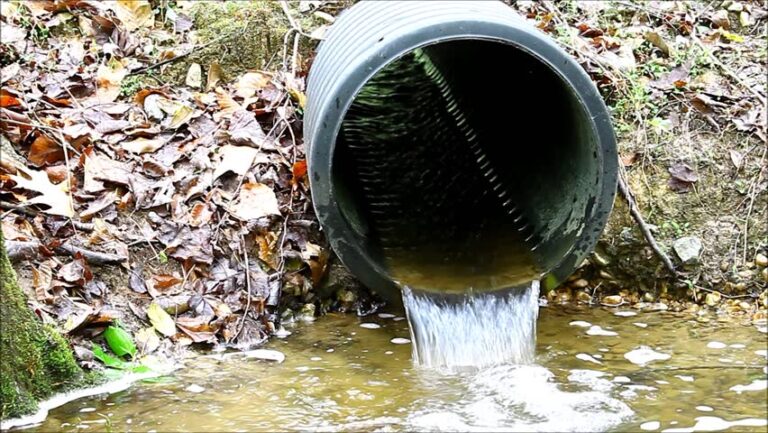Waste heat utilization
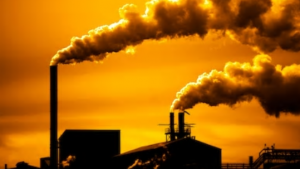
The Sustainable Development Goals (SDGs), formulated by the United Nations in 2015, set 17 goals to create a brighter future while protecting our lives and the planet. Environmental and energy issues are one of these, and the seventh goal is listed as "Affordable and clean energy for all." In addition, electricity prices continue to rise due to the situation in Ukraine, the soaring import prices of liquefied natural gas (LNG), and the suspension and decommissioning of power generation facilities.
We are engaged in business activities that are useful to companies by solving environmental problems and saving energy. Utilizing waste heat from factories is one of them.
Factories generate a variety of waste heat. Each line is small, making it difficult to recover the heat, but we can handle even the smallest of projects.
We will introduce some representative examples.
① Utilizing waste heat from compressors
The compressor produces waste heat of about 70°C, which is discharged outdoors.
Our design involves converting this heat into hot water using our radiator-type heat exchanger and using it for heating.
② Utilization of boiler combustion exhaust
This produces waste heat of nearly 300°C.
Just like with compressors, it is possible to convert the water into hot water using our radiator-type heat exchanger, or to heat it up a little higher using a heat transfer medium and recover the heat.
This can be used for space heating and to heat the boiler feed water.
Alternatively, the boiler can be modified to return this waste heat to the boiler's combustion intake, thereby increasing the boiler's combustion efficiency.
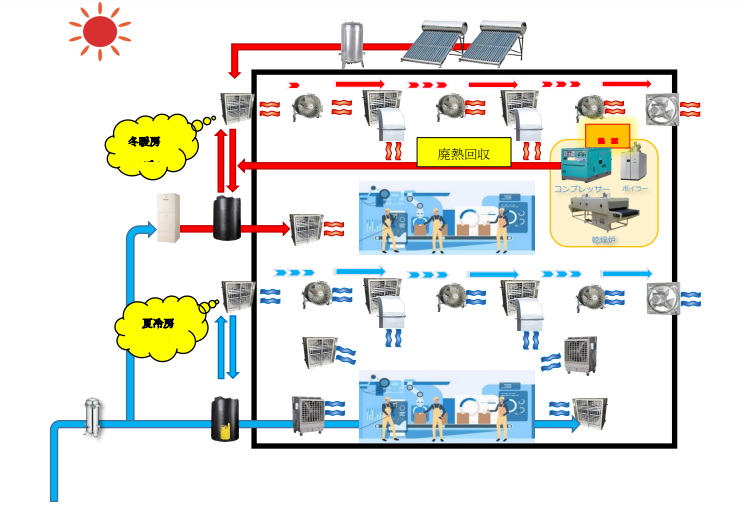
3) Heat recovery from blowdown water in boiler tubes
Normally, heat recovery is performed from steam drain, but heat recovery from the blowdown water of the boiler tube body is not performed because it would cause crystals to precipitate. However, our company's non-clock type heat exchanger for slurry makes it possible to recover heat while preventing scaling.
Alternatively, a simpler method, which is also used for recovering heat from hot springs, is to place a stainless steel flexible pipe in a coil shape inside a stainless steel tank and use it for heat exchange, which makes it easy to clean off scaling with a high-pressure washer, so we can also propose this method.
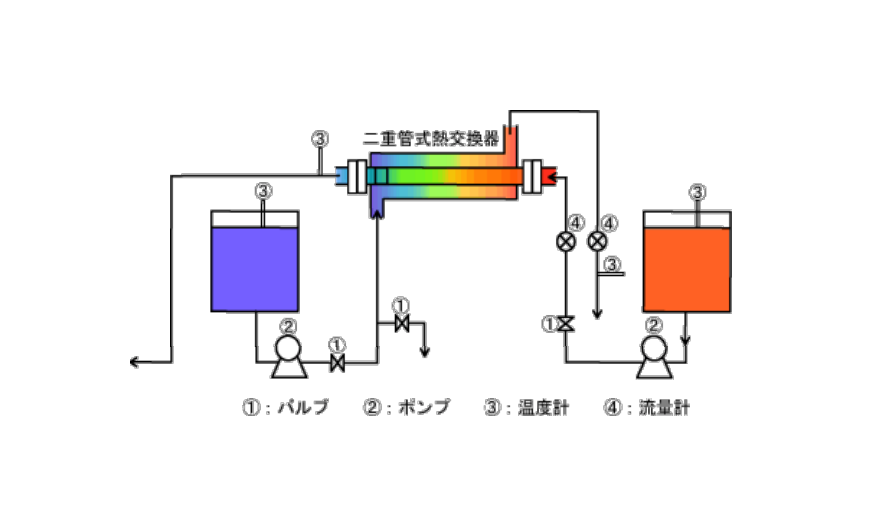
④ Heat recovery from dryers
In the case of vacuum drying, it is possible to recover about 70% of the heat from the dryer by using a heat pump, and we can also handle this.
Hot air drying is used in the overwhelming majority of cases, and the heat is released.
Attempts are being made to recover this released heat using heat exchangers, but as this only recovers the sensible heat, the recovery rate is only 15 to 20%.
Our company will use a method that enables recovery of latent heat by arranging heat exchangers in multiple stages, and a technology that utilizes the Föhn phenomenon for which we have exclusive rights to use a patent.
(Theoretically, air at 40°C and 100% humidity will rise to 80°C and lose humidity.) Since latent heat can also be recovered, the heat recovery rate approaches 70%.
We cannot disclose information about this here, but we would like to work with a company that can keep it confidential.
⑤ Heat recovery from wastewater (zero contamination heat exchanger)
In food factories, there are many processes that involve heating to nearly 100°C and sterilization.
The heat from this wastewater can be recovered using a normal plate heat exchanger, but if the metal parts of the heat exchanger crack or leak, there is a possibility that contaminants will be mixed into the product line along with the recovered heat, making heat recovery difficult at present.
However, through joint development with a major food factory, we have succeeded in developing a zero-contamination heat exchanger that eliminates contamination by creating an air layer between the heat exchangers.
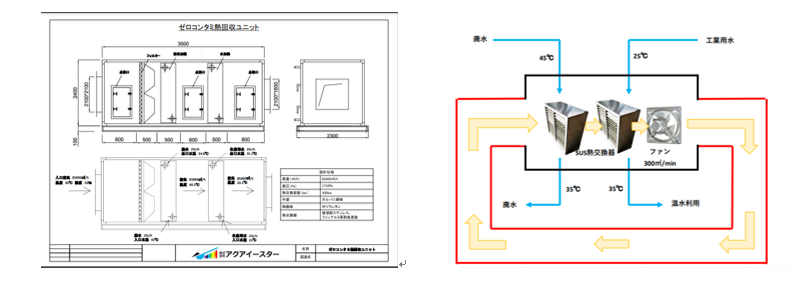
⑥ Heat recovery from combustion furnaces, etc.
The waste heat from combustion furnaces is often over 700°C, and recovering this heat is a major issue, especially at industrial waste incineration plants.
Regarding this, we have partnerships with manufacturers that perform binary power generation, etc., and can also design large-scale equipment, so please feel free to contact us.
